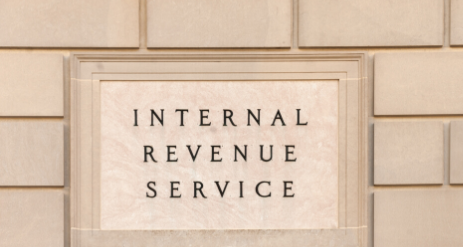
COVID-19. It goes without saying that its impact has been unprecedented and many are scrambling to navigate the new normal.
For employers who are looking to support employees, even amidst cost-cutting, there is a little-known provision of the tax law, enacted in the wake of the September 11th attacks, that was switched on when the President officially declared the coronavirus pandemic to be a national disaster.
It allows employers to make certain “qualified disaster relief” payments, or QDR payments, to employees that are:
As a stand-alone program or as part of an overall plan to cut costs while supporting employees, Section 139 of the Internal Revenue Code provides a highly tax-efficient means for employers to provide help.
To be clear, QDR payments are a cost to the employer – they’re not reimbursed by the government. However, to the extent employers choose to bear such costs, the overhead of setting up a QDR payment plan is fairly low and the combination of deductibility to the employer and tax-free receipt by the employee is hard to beat.
Not all employee-assistance payments qualify for the tax benefits of Section 139. To qualify, a payment must be to an individual “to reimburse or pay reasonable and necessary personal, family, living, or funeral expenses incurred as a result of” the coronavirus pandemic. While there’s no official approved list, expenses that seem likely to qualify include:
Keys to keep in mind are that (A) the payments have to be for expenses, and not as income or wage replacement, (B) the expenses can’t otherwise be covered by insurance or be reimbursed elsewhere, (C) the expenses have to be incurred as a result of the coronavirus pandemic, and (D) the expenses have to be reasonable and necessary, as opposed to being for luxuries, purely decorative items, or are otherwise excessive.
How do I take advantage of Section 139?
The good news is that it can be relatively easy to start making QDR payments. There is no tax law requirement that QDR payments be made under a written plan, or even substantiated with employee receipts or otherwise. Some plans are even structured to provide flat payments to employees, though the amount of the payments must be reasonably expected to match up with additional expenses incurred by employees. However, it is highly recommended that an employer give some thought as to how the plan should be structured (length of program, process for making payments available to employees, recordkeeping, payment caps, etc.) and communicated to their employees. A written plan will be helpful to employers and employees alike. Also, while substantiation of expenses isn’t required, requiring it can reduce fraudulent or mistaken claims.
A written plan doesn’t have to be long or complicated – a few pages can be enough. At a minimum, the plan should cover:
Section 139 provides a unique opportunity for employers looking for effective ways to assist their employees during the pandemic.
For more information, or to help structure a QDR plan for employees, please contact TJ Wilkinson or your regular Shulman Rogers contact.
Stay up to date with all the latest news and events.